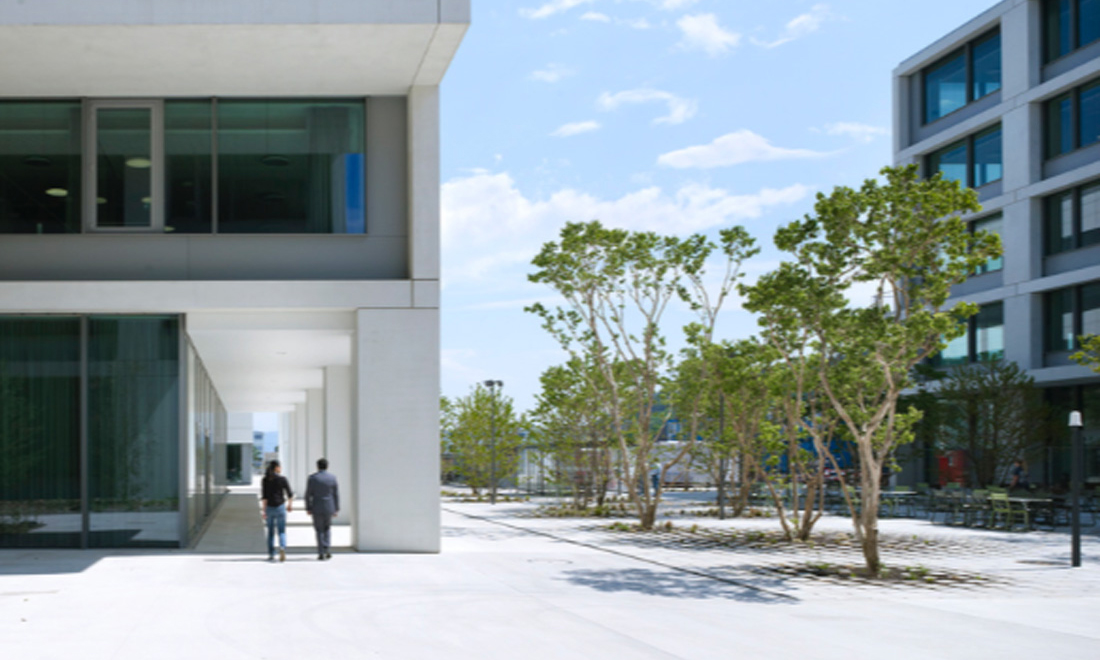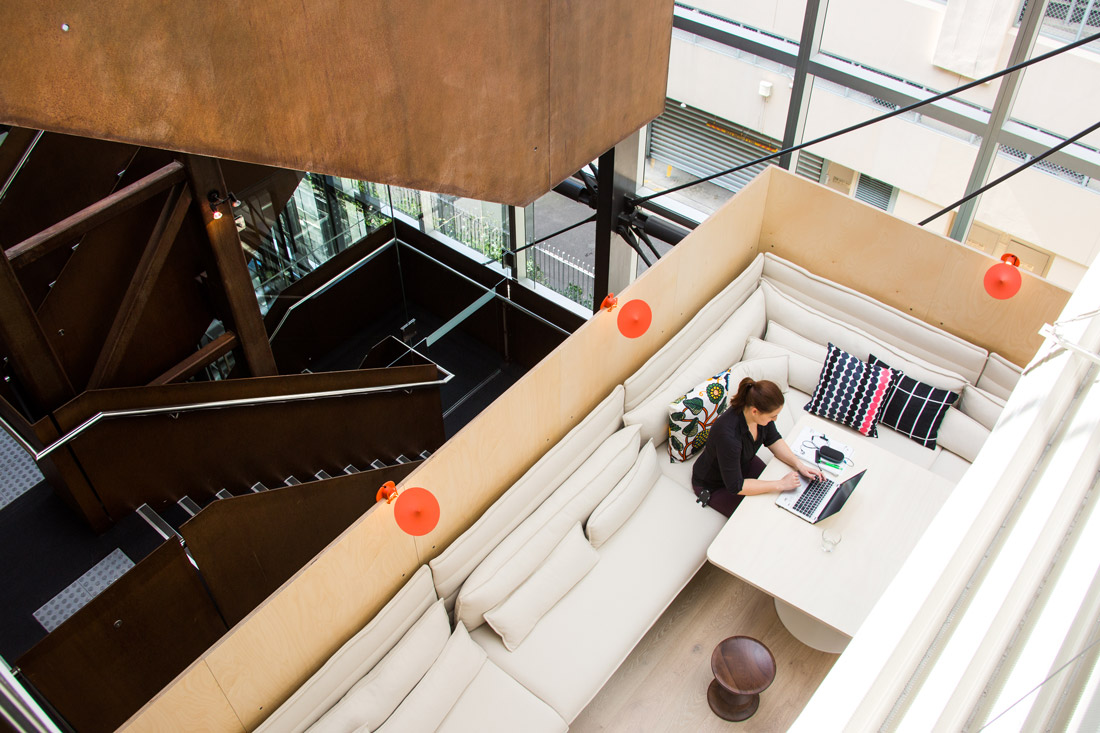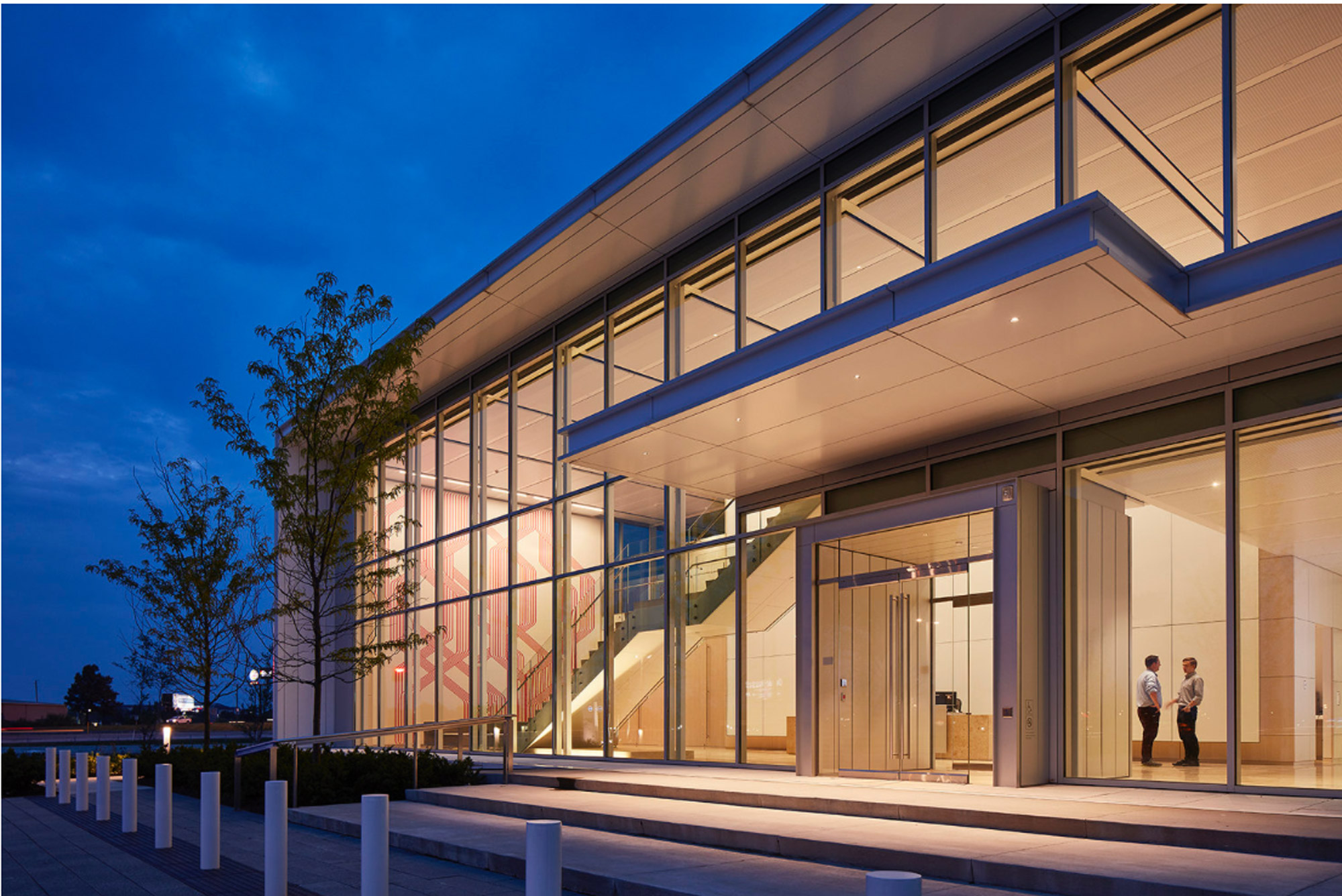
Human scale
A successful design is one people can relate to.
All fine architectural values are human values, else not valuable.Frank Lloyd Wright - Architect
The natural order
We perceive architecture through our senses. We interpret architectural scale in comparison to our bodies. And, obviously, we need architecture to protect our bodies.
Human scale is the proportion of space in relation to human dimension. It is an important unit of measure for different parts of the building, while keeping in mind who will use each space.
Creating environment that is conscious of human scale means making sure that the objects we interact with every day have a reasonable size and shape for the average person to use. Define space according to:

Human measurements
Use human scale proportions to create a sense of natural order, over and above an individual style; consider the user and business requirements.

Task dimensions
There is a difference between our structural dimensions and those dimensional requirements that result from how we reach for something on a shelf, sit down at a table, walk down a set of stairs, or interact with other people.

In addition to the elements we use in a building, the dimensions of the human body also affect the volume of space we require for movement, activity, and rest. Another factor is perception: in a monumental space, we feel small in comparison, while a space that is intimate in scale makes us feel comfortable, in control, or important.
Key to Human scale
- Define spaces according to human proportions.
- Elements should be scaled to human physical capabilities.
- Avoid monumental scale, oversized spaces, and extremely large distances.